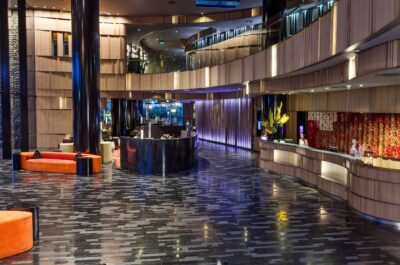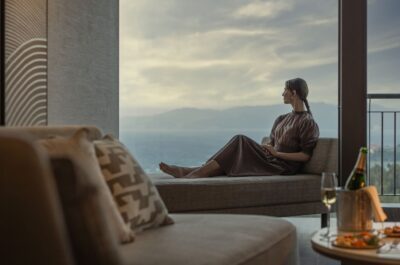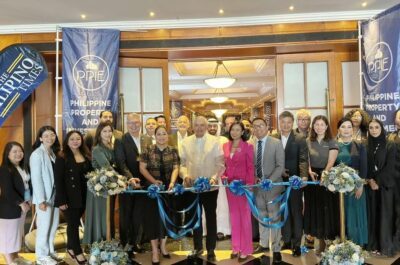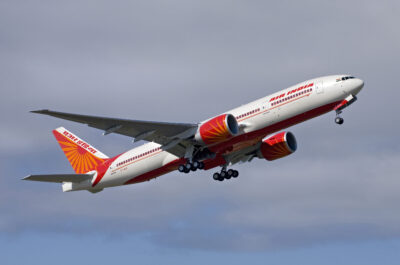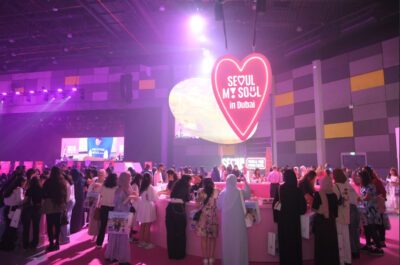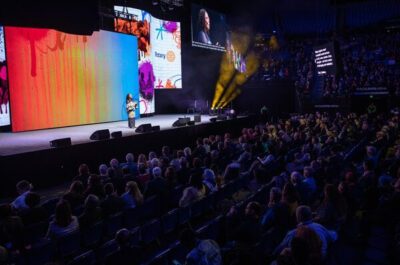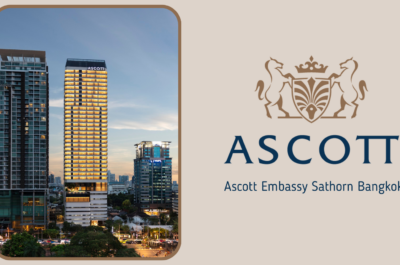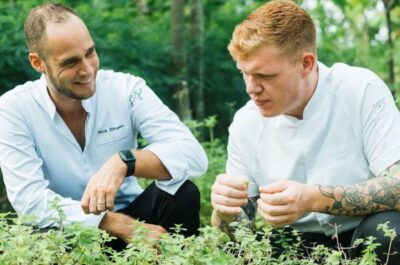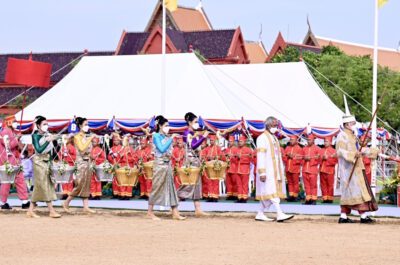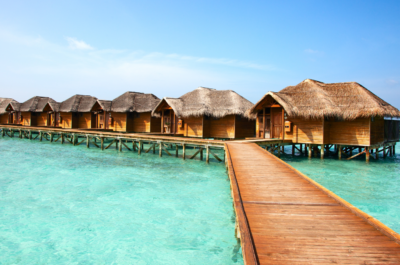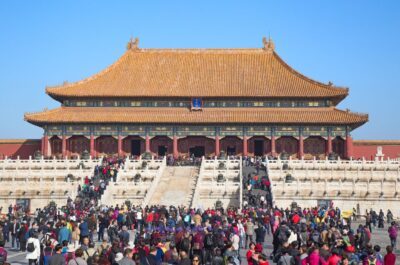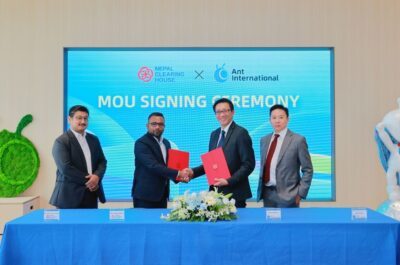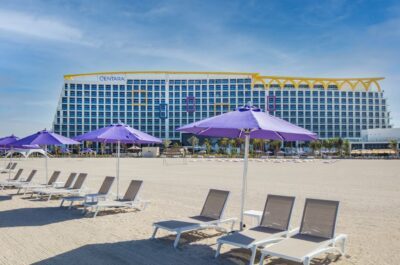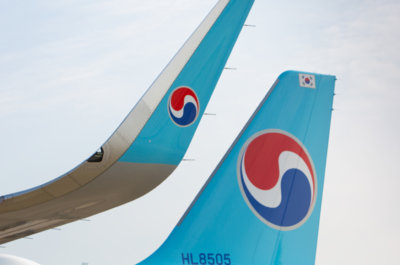The list of Asia's 50 Best Restaurants (and the award ceremonies organised to celebrate their annual unveiling) are organised and compiled by William Reed Media. This is the first time that such a list has been presented for the Asian continent.
SINGAPORE- The list is created from The Diners Club World’s 50 Best Restaurants Academy, an influential group of over 900 international leaders in the restaurant industry, each selected for their expert opinion of the international restaurant scene. The Academy comprises 26 separate regions around the world. Each region has its own panel of 36 members including a chairperson to head it up. The panel is made up of food critics, chefs, restaurateurs and highly regarded ‘foodies’, each of them having seven votes. Of the seven votes, at least three of which must be used to recognise restaurants outside of their region. At least 10 panellists from each region change each year.
The results are published online as soon as they have been announced to the assembled chefs and academy members in February in Singapore for Asia’s 50 Best Restaurants and in London in April for The World’s 50 Best Restaurants.
Some regions span more than one country. The decision as to how the world is divided up is left to the regional chairs and is debated and reassessed annually. The divisions are designed to fairly represent the global restaurant scene at the current time.
Cities coming the most often in this selection are Tokyo, Singapore, hong Kong, Shanghai or Bangkok. However, one restaurant was distinguished in Colombo, one in Hangzhou, one in Macau, one in Bangalore and one in Bali…
The top 12 restaurants selected in Asia by The Diners Club World’s 50 Best Restaurants Academy for 2013 are the following:
Narisawa, Tokyo
Yoshihiro Narisawa’s elegant, minimalist restaurant and suited staff serving delicate, nature-focused dishes using seasonal ingredients drawn from Japan’s rich pantry are just some of the elements that have earned Narisawa his dedicated following. But it’s his wild imagination and sense of drama that have pushed this restaurant to the very top of the class.
Nihonryori Ryugin, Tokyo
Seiji Yamamoto’s defiant perfectionism and attention to detail are the hallmarks of his Roppongi destination. While the 18-seat restaurant’s interiors may appear unremarkable – even verging on old-fashioned – Yamamoto’s precise and labour-intensive cuisine is anything but. What he calls “pursuing the possibility of Japanese cuisine” is translated as respect for tradition, teamed with the latest in kitchen gadgetry – pushing the boundaries of Japanese cooking while staying true to its roots.
Nahm, Bangkok
Few chefs know Thai food like David Thompson. The Australian-born scholar of Thai cuisine roared to gastronomic heights when his London restaurant, Nahm, became the first Thai restaurant to be awarded a Michelin star. For his second Nahm – a smart space with bare wooden tables and raw brick pillars mimicking the temples of the ancient Siam city of Ayutthaya, located on the ground floor of the Metropolitan Hotel in Bangkok – Thompson scoured century-old cookbooks of former Thai matriarchs. In them he found obscure but big-flavour dishes, many of which hadn’t been seen for years.
Amber, Hong Kong
Dutch-born Richard Ekkebus trained in French chefs’ kitchens in Paris before relocating to Hong Kong and taking the helm of Amber at the Mandarin Oriental Landmark Hotel. Here, Ekkebus plays on the city’s position as a crossroads between east and west, as one of Asia’s biggest trading hubs and its past as a British colony.
Blending produce from around the world with home-grown favourites, Ekkebus has soared to gastronomic heights, scoring two Michelin stars and a place on the World’s 50 Best Restaurants list for the past two years.
Restaurant Andre, Singapore
Art and philosophy play primary roles in Taiwanese chef André Chiang’s 30-seat restaurant in a 19th-century terrace house in Singapore’s historic China Town. They are evident in the intimate interiors punctuated by antler lampshades and Chiang’s hand-crafted clay figurines– and of course, the exquisitely presented dégustation menu with dishes containing no more than a handful of ingredients each.
The Mediterranean-influenced menu orbits around ‘octaphilosophy’ – what Chiang deems to be the characteristics of his gastronomy: Unique, Texture, Memory, Pure, Terroir, Salt, South, and Artisan.
8½ Otto e Mezzo Bombana, Hong Kong
Named after the autobiographical Federico Fellini film, 8½ has been a Hong Kong favourite since Italian chef Umberto Bombana opened it in 2010. Based in the upmarket Prince’s Building mall, the room has an unfussy, sophisticated décor, while the well-chosen menu is refreshingly succinct. Pasta courses, including artisanal chitarra and cavatelli with shellfish ragout, are superb. Italian classics make up the excellent meat and fish mains, including sea bass cooked in Sorrento lemon, Milanese veal chop and bone-in rib eye with olive oil – typically simple executions which allow the quality of the produce to do the talking.
Mr & Mrs Bund, Shanghai
Shanghai-based chef Paul Pairet opened Mr & Mrs Bund in partnership with the VOL Group in 2009. In a large, strikingly designed space, Mr & Mrs Bund successfully marries a relaxed, bordering-on-casual atmosphere and service style with brilliant twists on bistro dishes: signatures include Meunière Truffle Bread, Boston Lobster in Citrus Jar and Long Short Rib Teriyaki – all executed to Pairet’s characteristic perfection. Billed as a new style of ‘Modern Eatery’, Mr & Mrs Bund has been a hit with the business and gastronomic élite of China’s largest city – and beyond – from its very inception. It has also paved the way for restaurants in mainland China on an international scale by making its début in the top 100 of the World’s Best Restaurants in 2012.
Ultraviolet by Paul Pairet, Shanghai
French-born chef Paul Pairet opened Ultraviolet in Shanghai in the summer of 2012. Ten diners only arrive in a mystery location before a large pod-like capsule, where host-director Fabien Verdier introduces the 20-course menu. Crucially, each course is coupled with an aural offering: films and effects projected onto all four surrounding walls; bespoke lighting directed onto the dishes; and olfactory accompaniments piped into the room. Despite that, Pairet insists the food itself takes centre stage in the performance and that the hi-tech stimulants are only there to support and enhance his dishes.
Iggy’s, Singapore
This well-established Singapore favourite, ranked 26th in the S.Pellegrino World’s 50 Best Restaurants in 2012, is helmed by talented sommelier Ignatius Chan. It’s the culmination of Chan’s long-standing dream of opening a small, intimate restaurant that serves exceptional food made with the very best seasonal ingredients sourced from Europe, Asia and Australia. Iggy’s was given a fresh lease of life when it moved in late 2010 to a new space in the Hilton Hotel. The cuisine has also been transformed, taking on fresher and cleaner tones, which are heavily rooted in Chan’s fascination with Japan.
Gaggan, Bangkok
Kolkata-born Gaggan Anand has won rave reviews in local and international media for his authentic, modernist and progressive re-interpretation of classic Indian recipes. Drawing on his lifelong journey throughout his native land, Anand devised a new blueprint for Indian cuisine when he opened his eponymous restaurant in a colonial-style house in downtown Bangkok, reinventing classical Indian dishes with molecular wizardry.
Waku Ghin, Singapore
Exclusive sums up well Waku Ghin – superstar chef Tetsuya Wakuda’s relatively new Marina Bay Sands outpost. Just 25 covers are dotted among four private rooms – each with a chef preparing a 10-course tasting menu on a teppanyaki grill. The real magic begins as a private chef cooks a succession of fish and meat dishes. It’s part theatre, part cooking lesson. All can be expertly paired with wines or sake, produced specially for the popular chef.
Caprice
While the crystal chandeliers and Art Nouveau-inspired murals may transport diners to France, the view of Victoria Harbour firmly reminds them that they are in Hong Kong. An open-plan kitchen brings a modern, unstuffy touch to a very classy operation run by chef Vincent Thierry and manager Jeremy Evrard, who both moved from the George V in Paris to Hong Kong for the opening of the Four Seasons in 2005. Thierry, uses almost entirely French produce for his sublime dishes. Caprice’s cheese selection is worth a visit, the restaurant being the only one in Hong Kong to have its own cheese cellar.
Luc Citrinot a French national is a freelance journalist and consultant in tourism and air transport with over 20 years experience. Based in Paris and Bangkok, he works for various travel and air transport trade publications in Europe and Asia.


























